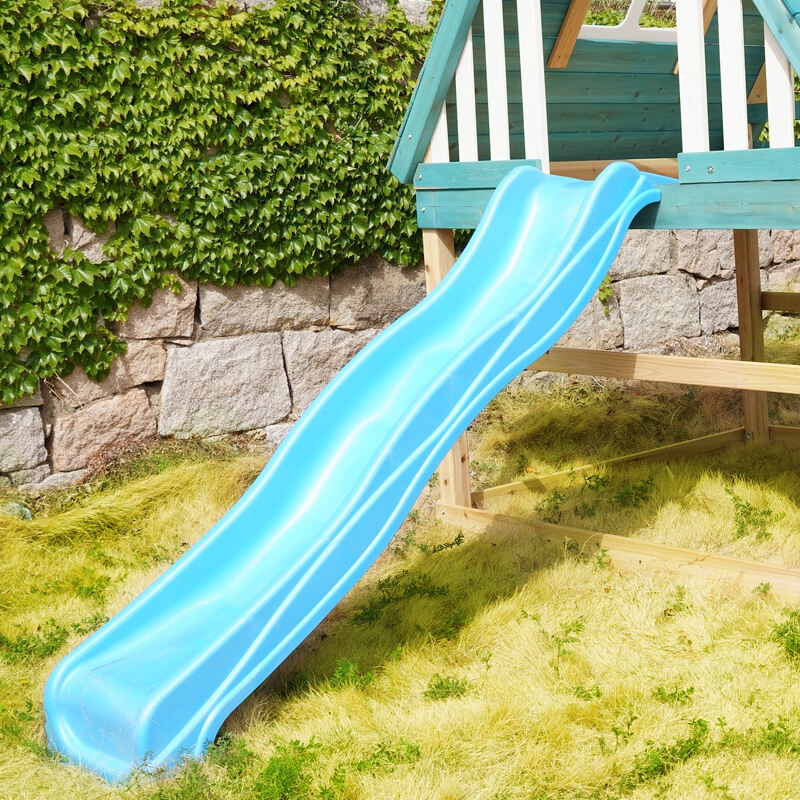The world of playground design has undergone a remarkable transformation in recent years, with inclusive playground accessories taking center stage in creating spaces where children of all abilities can play, learn, and grow together. These specialized equipment pieces and sensory elements have become essential components in modern playgrounds, ensuring that no child is left watching from the sidelines.
Today's inclusive playground accessories go far beyond basic wheelchair ramps. They encompass a rich variety of sensory experiences, adaptive equipment, and interactive elements that support physical, cognitive, and social development for children of all abilities. Understanding these options and their impact on child development can help communities and organizations create truly inclusive play spaces.
Sound plays a crucial role in sensory development and engagement. Musical inclusive playground accessories include drums, chimes, and interactive sound panels that respond to touch. These elements provide acoustic feedback that helps develop auditory processing skills while creating opportunities for creative expression. Children can experiment with different sounds, rhythms, and volumes, making music an integral part of their play experience.
Musical elements are particularly beneficial for children with visual impairments or those who process information primarily through sound. They also create natural gathering points where children can interact and collaborate, fostering social skills development through shared musical experiences.
Tactile panels and surfaces offer diverse textures and patterns that children can explore with their hands. These inclusive playground accessories might include bumpy surfaces, smooth areas, spinning wheels, and various materials that provide different sensory feedback. Such elements are particularly valuable for children with sensory processing differences or those who learn best through touch.
Strategic placement of tactile elements throughout the playground creates multiple opportunities for sensory exploration during play. These features can be integrated into walls, panels, or stand-alone stations, making them accessible from different heights and positions.
Modern inclusive playground accessories include specialized swings, merry-go-rounds, and elevated play platforms designed to accommodate wheelchairs. Wide ramps with appropriate slopes ensure easy access to elevated areas, while transfer platforms help children move between their mobility devices and play equipment safely.
These structures often incorporate multiple levels of challenge, allowing children to progress at their own pace while maintaining safety. The design focuses on creating continuous play paths that keep children engaged and connected to their peers throughout the play experience.
Inclusive playground accessories often include enhanced support features like specialized handholds, adaptive seating, and safety harnesses. These elements provide additional stability and security without compromising the play experience. Careful attention to spacing and positioning ensures that support features are available when needed but don't interfere with independent play.
Safety surfaces beneath and around equipment are also crucial components, providing appropriate impact absorption while remaining navigable for mobility devices. These surfaces often incorporate different colors and patterns to aid in spatial awareness and navigation.
Inclusive playground accessories designed for group play encourage social interaction and cooperation. These might include multi-user swings, see-saws, or spinning platforms that require children to work together. Such equipment creates natural opportunities for children to communicate, coordinate their actions, and develop friendships.
Careful placement of these elements helps create social zones within the playground where children can easily engage with peers. The design often includes quieter areas adjacent to active play spaces, allowing children to regulate their level of social interaction.
Modern inclusive playgrounds often incorporate communication boards, symbol systems, and other tools that support interaction between children with different communication abilities. These accessories help bridge language barriers and provide alternative means of expression, ensuring all children can participate in playground social dynamics.
These communication tools are typically integrated into play panels or stationed at key gathering points throughout the playground. They might include universal symbols, pictures, or simple phrases that facilitate basic interaction and play coordination.

Interactive panels, puzzles, and games integrated into playground structures provide cognitive challenges suitable for various developmental levels. These inclusive playground accessories encourage logical thinking, pattern recognition, and spatial awareness while remaining accessible to children with different physical abilities.
Many of these elements incorporate multiple solutions or ways to interact, allowing children to engage with them according to their individual capabilities and interests. The progressive nature of these challenges helps maintain engagement and supports ongoing development.
Themed elements and open-ended play features spark imagination and creative play. These might include playhouses, themed panels, or abstract structures that can be interpreted in multiple ways. Such accessories support dramatic play and storytelling, providing opportunities for children to exercise their creativity regardless of physical or cognitive abilities.
These spaces often incorporate multiple sensory elements and varying levels of physical challenge, creating rich environments that support comprehensive development through imaginative play.
Truly inclusive playground accessories are designed with universal access in mind, accommodating children of all abilities while providing appropriate challenges and engagement opportunities. They incorporate multiple ways to play, various sensory experiences, and features that support both independent and cooperative play.
Sensory elements in playgrounds support neural development, improve spatial awareness, and help children process environmental information. They provide crucial learning experiences through touch, sound, and movement, benefiting all children but especially those with sensory processing differences.
While inclusive playground accessories may have higher initial costs, they often prove more cost-effective in the long run by serving a broader community and requiring less modification over time. Many manufacturers now offer inclusive features as standard options, helping to manage costs while ensuring accessibility for all.
 Hot News
Hot News2025-11-03
2025-11-11
2025-11-19
2025-10-30
2025-10-30
2025-10-30